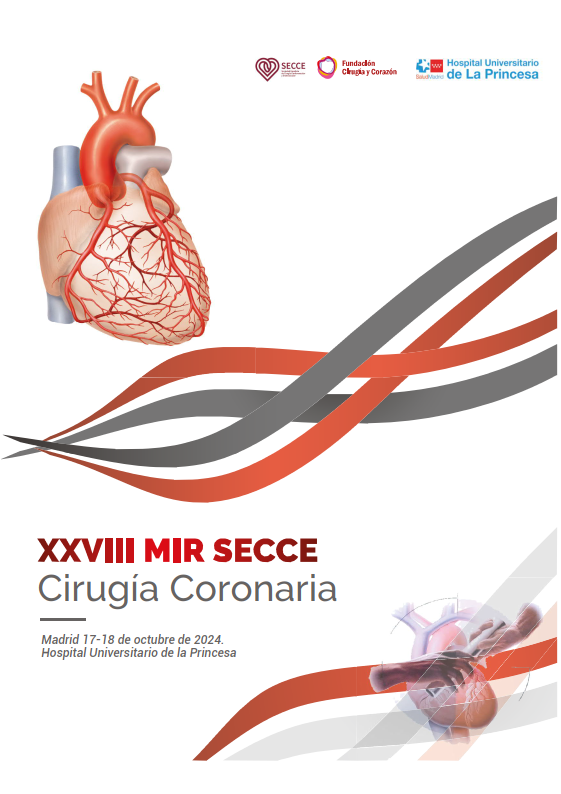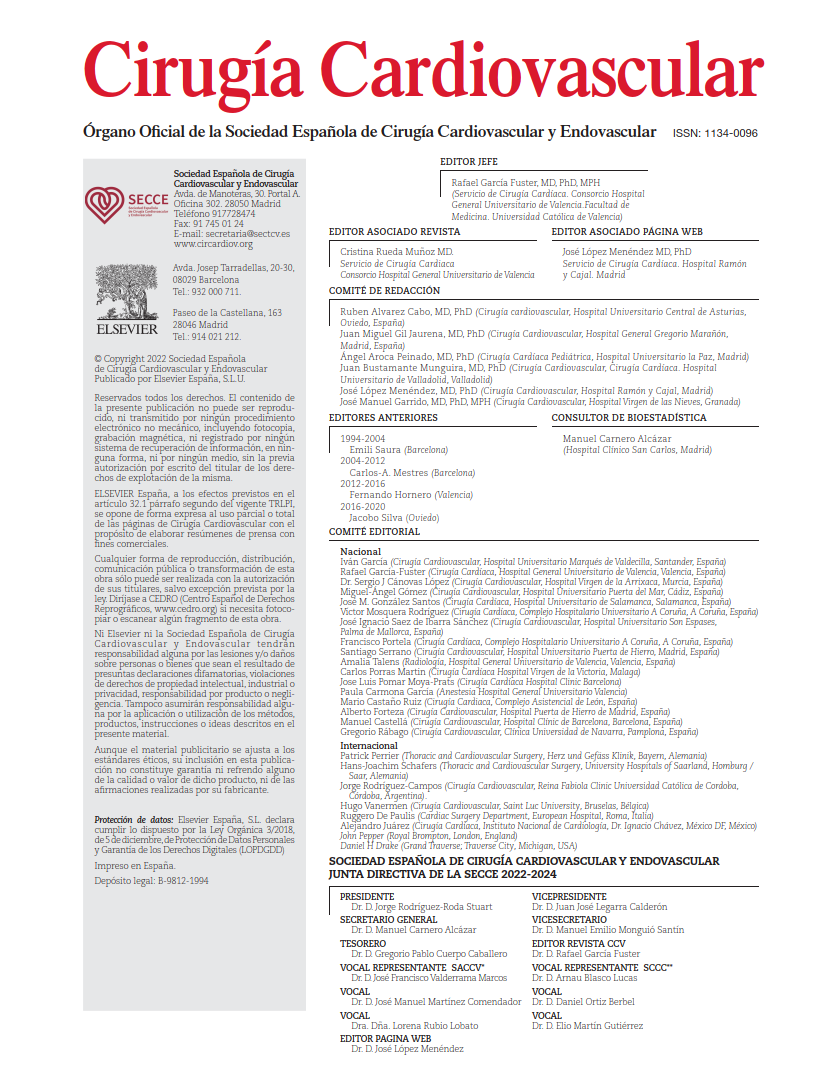The article under analysis today provides a comprehensive review of pathologies involving dilation of the aortic root and arch, the implicated pathophysiological and tissue mechanisms, and offers a detailed description of the various technical and strategic aspects.
Advancements in the understanding of the pathogenesis and molecular mechanisms involved in aortic dilation in conditions such as bicuspid aortic valve and other connective tissue diseases have grown significantly over the past decades. However, dilation of the “neo-aorta” is also present in other entities more characteristic of congenital heart diseases (Norwood techniques, Ross procedure, arterial switch, and repair of conotruncal defects), which remain less understood and pose greater therapeutic complexity and challenges.
In coarctation of the aorta, a well-described form of aortopathy is particularly associated with the bicuspid aortic valve. Histological studies demonstrate that this is more of a genetic problem than a purely biomechanical one and that, following initial repair, patients are not free from complications such as re-stenosis, aneurysms, and pseudoaneurysms, which are in turn related to the technique used in the repair (higher risk if residual native tissue remains, as seen in patch aortoplasty).
Cases of tetralogy of Fallot and truncus arteriosus are typically repaired in the first months of life. However, their follow-up is frequently complicated by aortic root and neo-aortic dilation. Intervention is usually indicated due to valvular insufficiency, though cases of rupture or dissection have been reported up to 50 years after the initial repair.
Neo-aortic dilation in Norwood surgery cases may be due to the patch itself, degeneration of the native wall, or biomechanical causes. Data on these patients are scarce, and reoperations are often indicated due to sequelae (aortic insufficiency) or pulmonary compression.
Regarding tissue biomechanics, ex vivo and in vivo studies demonstrate behavior similar to aneurysmal tissues, with loss of elasticity in patients with congenital heart disease after the initial surgical repair.
Indications for repair continue to be extrapolated from the guidelines established for aneurysm growth diameters in non-congenital conditions. However, a better understanding of biomechanics and methods for their assessment in congenital heart disease patients could provide more consistent information for guiding interventions in these cases.
The pillars of reconstruction in complex reoperations are safety, organ protection, and repair effectiveness. In most cases, peripheral cannulation and re-entry under cardiopulmonary bypass in patients with previous surgeries (often multiple) and a dilated aorta contribute to reducing complications and improving outcomes. In pseudoaneurysm cases, endoclamping and endovascular cardioplegia techniques can be helpful. It is also essential to consider that these patients may be cyanotic with extensive collateral circulation, which increases bleeding risk, or may have transfusion-related sensitization. Anatomical variations (such as the LeCompte maneuver or right ventricle-to-pulmonary artery conduits) must also be considered.
For cerebral and systemic protection, axillary artery cannulation is a good option. The authors recommend an 8-9 mm graft insertion for reoperations, combined with hypothermia and cerebral monitoring. However, this strategy must be individualized based on anatomical variations, which may require dual cannulation (axillary and femoral) depending on the state of the aortic arch or the presence of systemic-pulmonary fistulas, potentially causing pulmonary overcirculation. Similarly, retrograde cerebral protection should account for possible venous return anomalies. For myocardial protection, the authors recommend antegrade induction and continuous retrograde maintenance with miniplegia to avoid excessive crystalloid solution delivery, as well as the systematic use of intracavitary vent catheters.
Regarding repair technique, the goal should be to address complications and prepare, optimize, and simplify future reinterventions. Comprehensive imaging studies and access to a full arsenal of open, hybrid, and endovascular techniques, complementary to one another, are necessary. The authors have developed a modified frozen elephant trunk technique (termed B-SAFER, or branched stented anastomosis frozen elephant trunk repair) that simplifies and shortens the procedure by incorporating a more proximal anastomosis and eliminating multiple anastomoses in branches through the use of branched stents.
In conclusion, the authors provide a complex review of recommendations, based on experience, to address the myriad scenarios requiring treatment of aortic pathology—one of the Achilles’ heels of congenital heart disease repair in adult patients.
COMMENTARY:
With the increasing number of patients with severe congenital heart diseases surviving childhood and reaching adulthood, cardiovascular surgeons face a growing, highly complex population in which even conditions more characteristic of “acquired” heart diseases are becoming increasingly frequent. For instance, aneurysmal dilation of the neo-aorta is a “familiar” occurrence in series of patients undergoing the Ross procedure. In other entities, due to the historical development of techniques (Norwood, arterial switch) and patient prognosis, it is less well-known.
As the authors explain, indications are based on extrapolation from knowledge derived from clinical guidelines for adult patients with aortic pathology. However, the complexity of cases, anatomy, and surgical planning necessitate meticulous preparation for interventions.
This article does not present a historical review of results, institutional experience, or a multicenter data analysis. Rather, it reviews the presentation of aortic and arch pathology in congenital heart disease patients. Notable novel aspects include theoretical considerations on the pathogenesis of aortic pathology in these patients and broad treatment guidelines emphasizing their institutional practices. Particularly interesting is the presentation or description of the B-SAFER technique, which achieves aortic arch replacement with shorter circulatory arrest and execution times and eliminates multiple sutures in the supra-aortic trunks by incorporating branched stents. Finally, the authors document this experience with illustrative cases, offering opportunities for continued learning in a field with significant room for advancement.
REFERENCE:
Frankel WC, Roselli EE. Strategies for Complex Reoperative Aortic Arch Reconstruction in Patients with Congenital Heart Disease. Semin Thorac Cardiovasc Surg Pediatr Card Surg Annu. 2023;26:81-88. doi: 10.1053/j.pcsu.2022.12.006. Epub 2022 Dec 27. PMID: 36842802.



